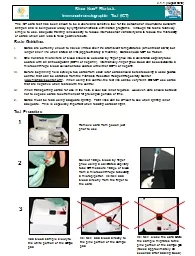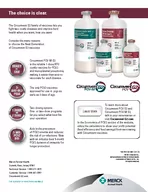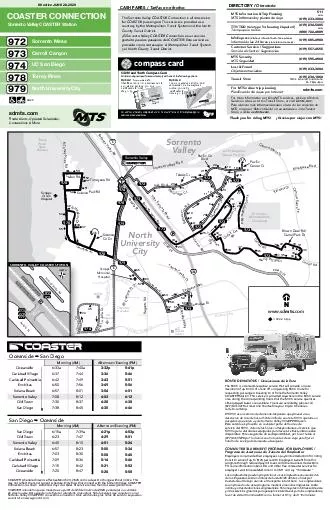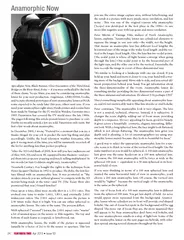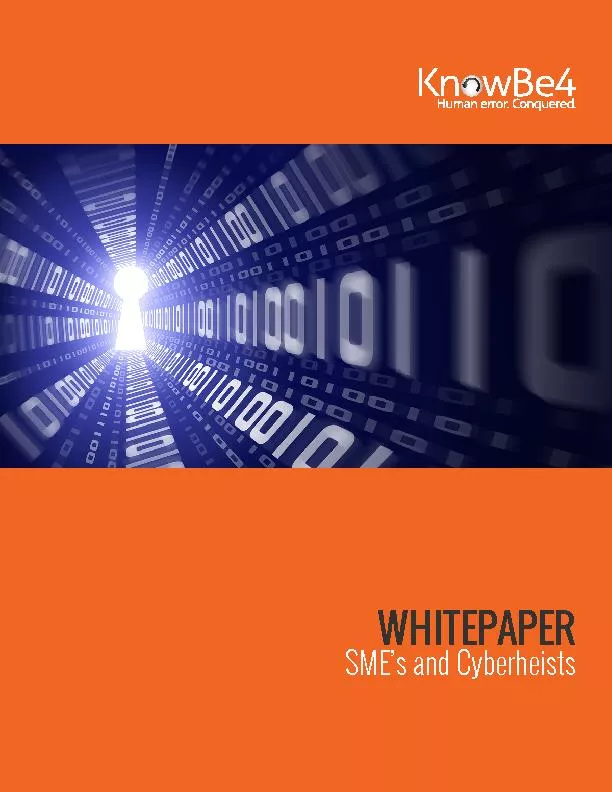PPT-Binax Now
Author : yoshiko-marsland | Published Date : 2016-12-02
Filariasis Immunochromatographic Test ICT Basic Guidelines Cards are currently known to have a limited shelf life at ambient temperatures 3 months at 30 C but longer
Presentation Embed Code
Download Presentation
Download Presentation The PPT/PDF document "Binax Now" is the property of its rightful owner. Permission is granted to download and print the materials on this website for personal, non-commercial use only, and to display it on your personal computer provided you do not modify the materials and that you retain all copyright notices contained in the materials. By downloading content from our website, you accept the terms of this agreement.
Binax Now: Transcript
Download Rules Of Document
"Binax Now"The content belongs to its owner. You may download and print it for personal use, without modification, and keep all copyright notices. By downloading, you agree to these terms.
Related Documents

